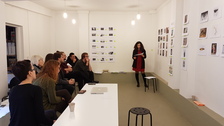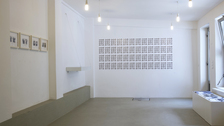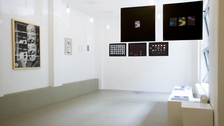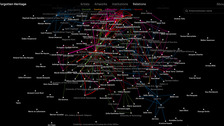ZABORAVLJENO NASLJEĐE – Europska avangardna umjetnost na mreži
Priorities
- Transnational mobility
- Audience development
- Capacity building: Digital shift
Project description
Project FORGOTTEN HERITAGE takes an innovative approach to the processing, presentation and availability of works of conceptual art created in the second half of the twentieth century. The core of the project is the development of a digital archive – a repository of archival records and works of art made by Croatian, Polish, Estonian and Belgian neo-avant-garde artists. The repository is envisioned as an online platform available to all interested users: the general and the professional public, art history and other humanities’ students, art academy students and artists. It displays a wide range of materials: graphics, drawings, pictures and photographs, as well as documentation on art exhibitions and actions, artists’ private notes, poetry and prose, etc. This rich collection of archival records is available to the public in the form of an innovative, user-friendly and transparent database which allows the end-users a simple search, analysis and comparative assessment of the materials, all with the goal of popularising neo-avant-garde works, creating new ways of understanding and reinterpretation.
Project objective
ENHANCING TRANSPARENCY AND POPULARISATION of the neo-avant-garde and conceptual art by using innovative digital technologies. NETWORKING EXPERTS and (RE)VALORISATION, INTERPRETATION AND EXPANSION OF KNOWLEDGE about the European neo-avant-garde and conceptual art.
Gained experience
Working on this project, we learned how to establish an organisational and research scheme, follow the given parameters of the texts and their structure. At the same time, we focused on knowledge we want to mediate to the public. Thanks to the project, we were able to establish the strategy of digitizing photographic and documentary records, which were then included into the digital database, taking care of the various elements, which contribute to the scope of the interpretation and new knowledge. We learned how to set priorities as well as plan out the future project period. This attests to the importance of planning and understanding the endeavour which is financed in this way. We gained knowledge about networking with other partners, synchronizing with other’s priorities and differences in the scope of the material. We broadened our research, organizational and editorial experiences and adjusted them to the conditions of Creative Europe.





